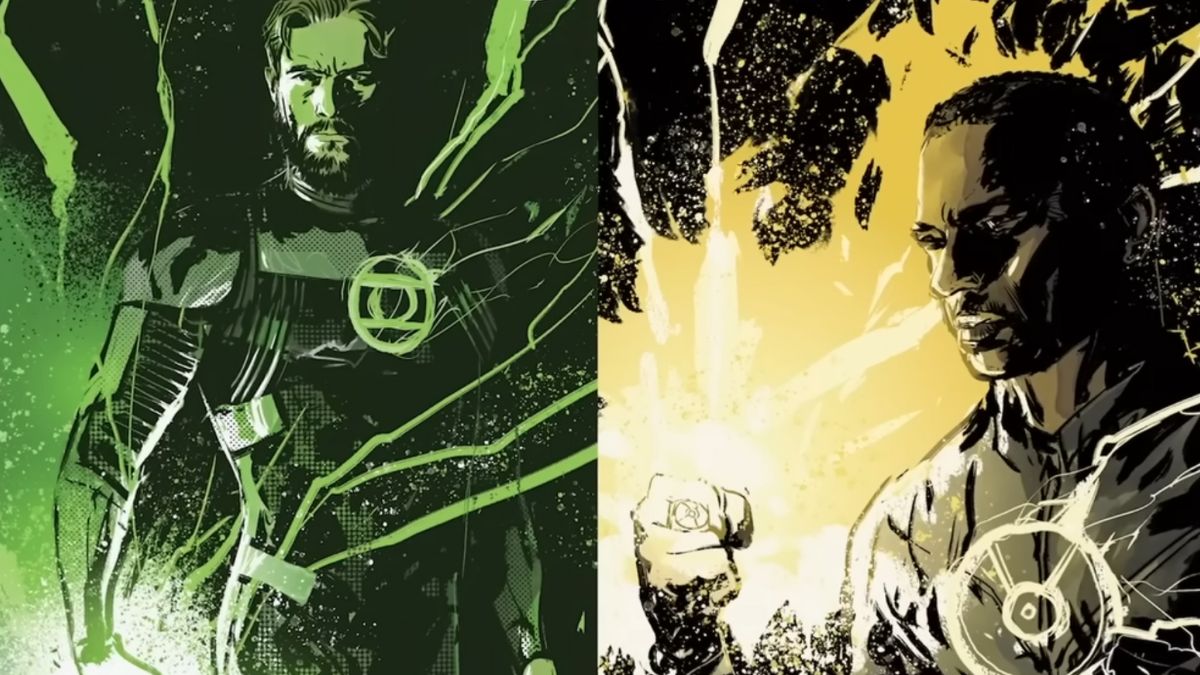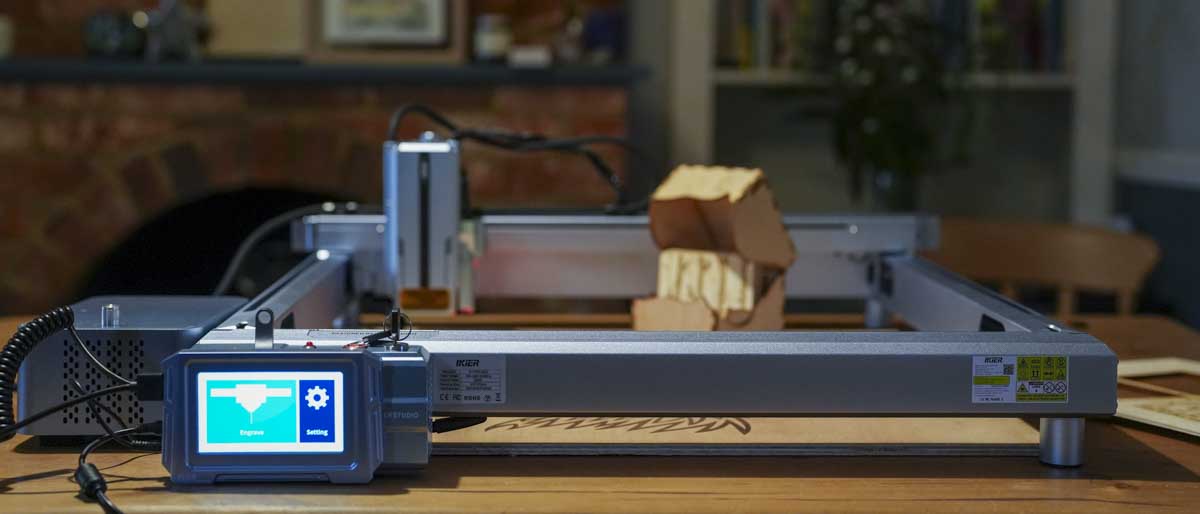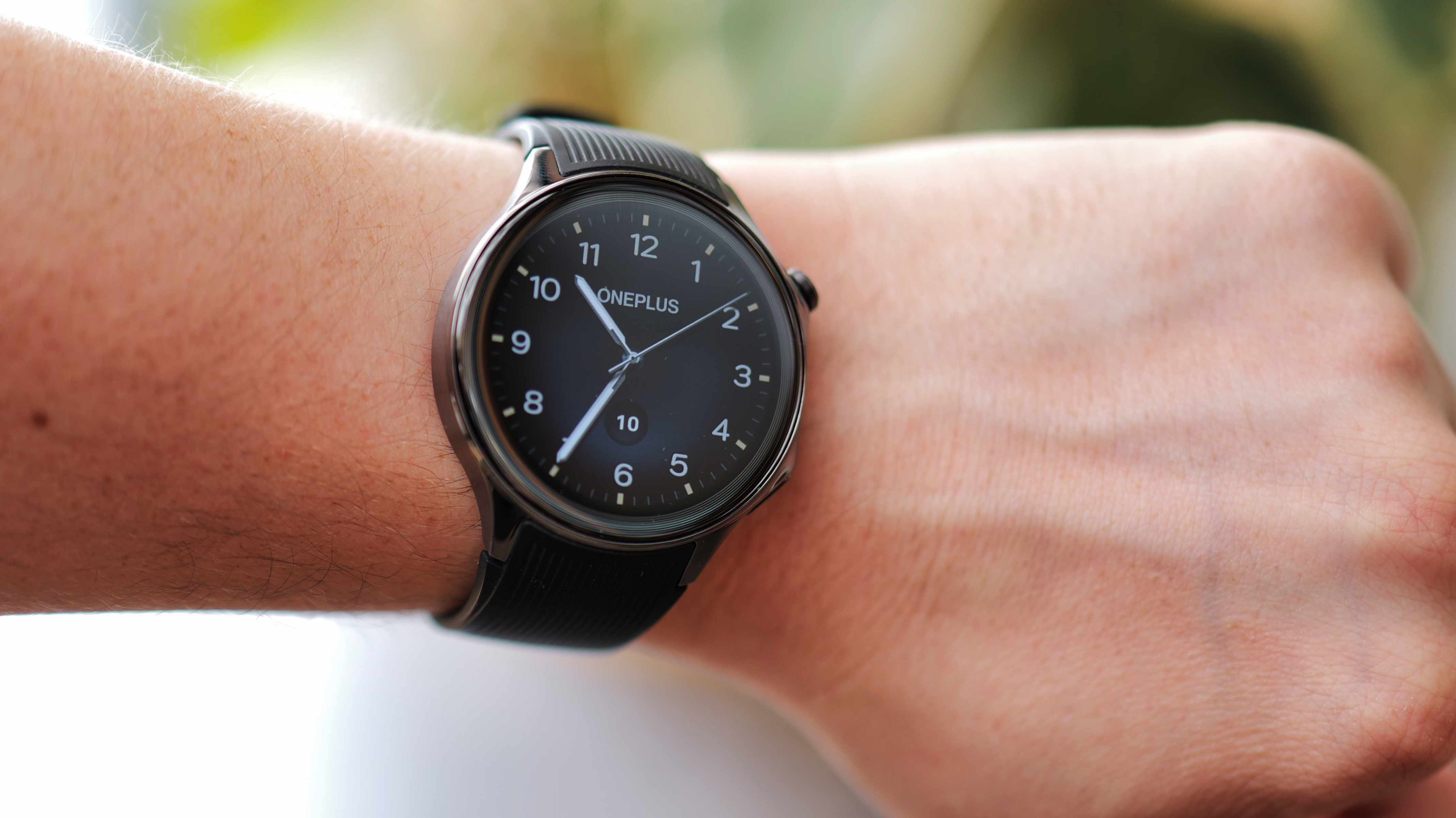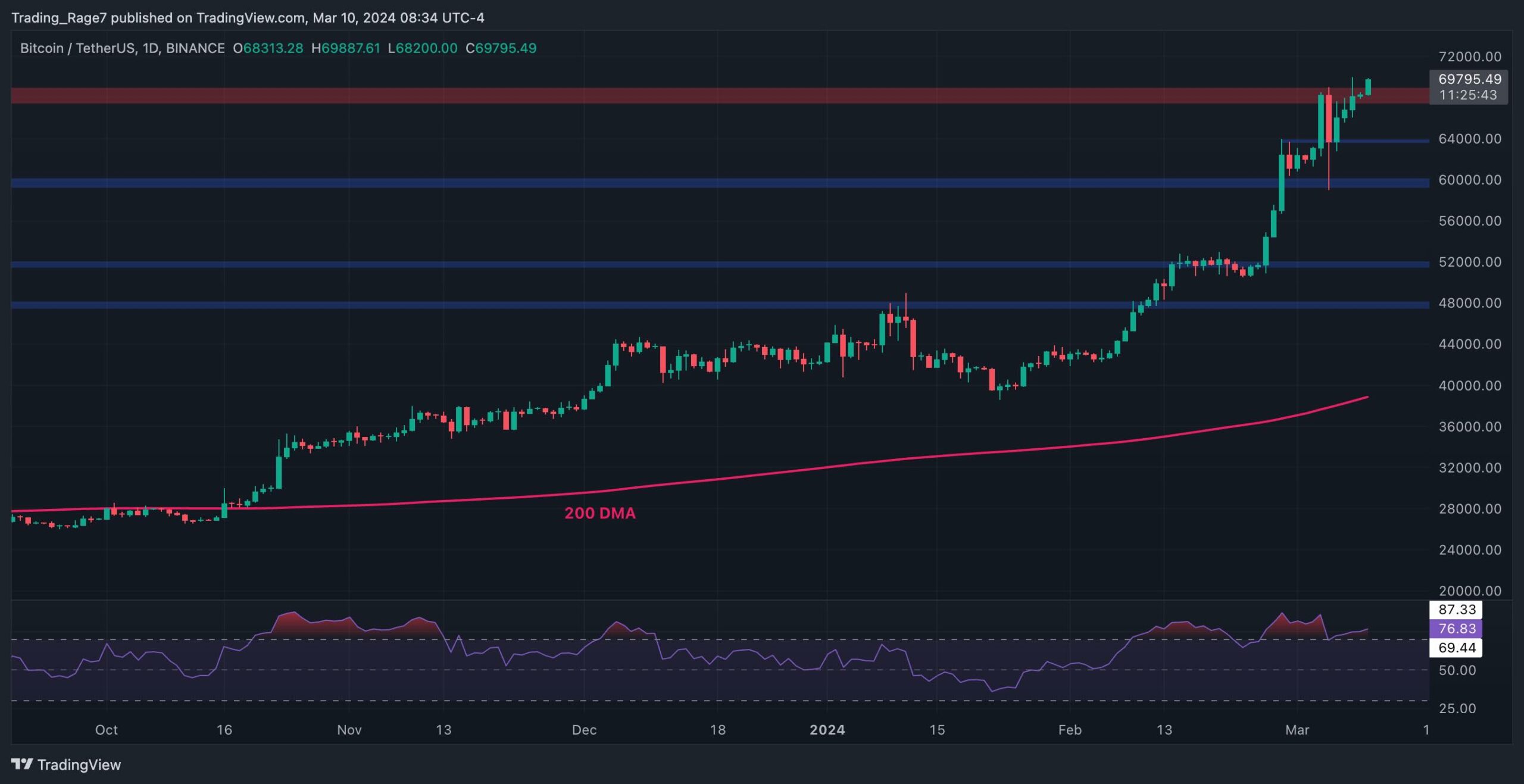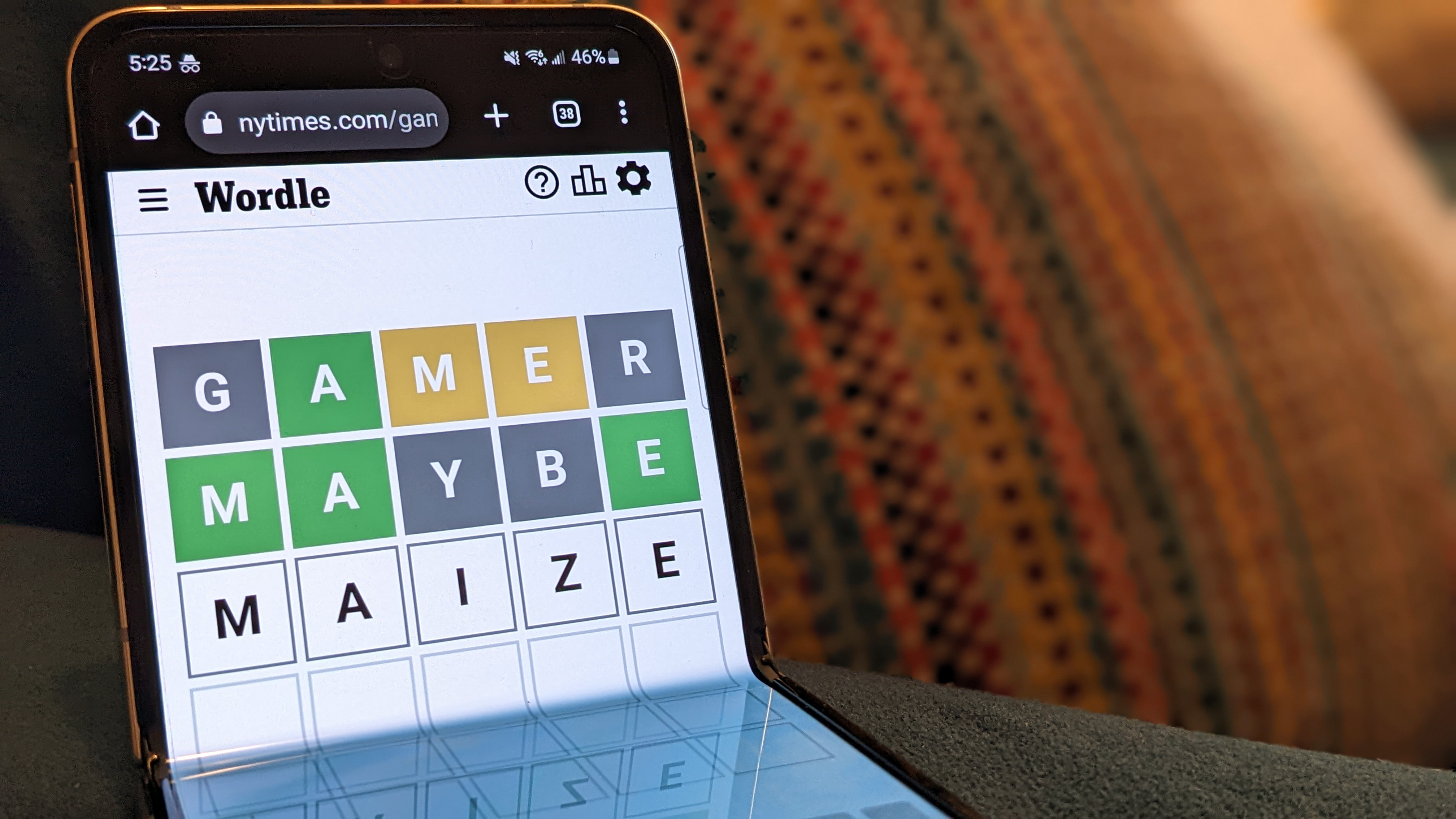Sony SRS-XB100 review: a cheap Bluetooth speaker with good sound but too few features
The Sony XB100 offers good quality omnidirectional sound for a low fee, but it lacks the character of some of its near rivals.
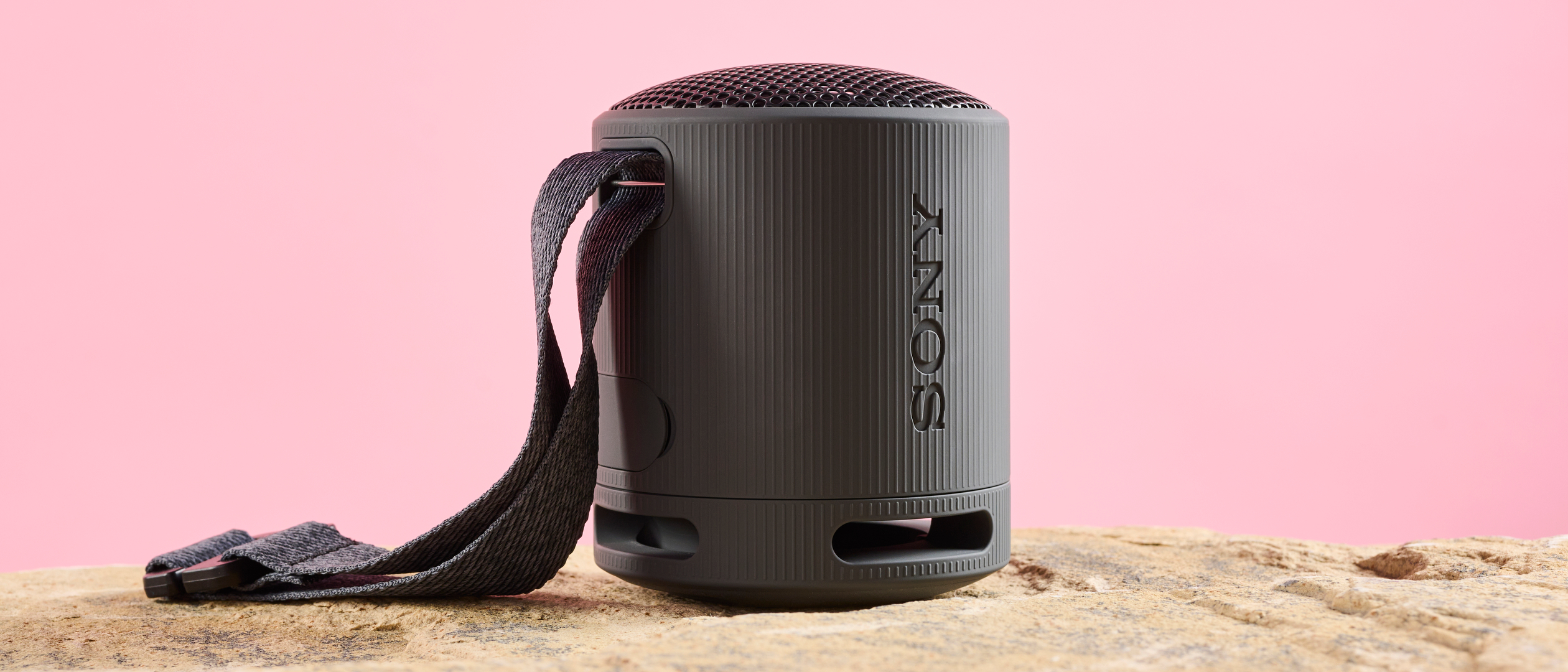
The Sony XB100 was first made available in mid-2023 and is currently priced at a reasonable $49.99 / £44.99 / AU$66. It would appear that Sony made a few sacrifices to lower the cost, but that doesn’t mean this speaker isn’t good value for money.
The small print on the Sony website states that the XB100 has up to 16 hours of battery life when the volume is set to 36. Whether that’s the volume level (the volume gauge on the app isn’t numbered), or volume percentage, there’s no easy, if any, way to accurately determine. So instead, I tested the speaker at 50% volume and it reduced by 20% in just under three and a half hours, suggesting that the speaker could last up to the stated 16 hours of playtime.
As well as using this Bluetooth speaker to listen to music and podcasts, you can also use the XB100 for hands-free phone calls. To vie for a spot in our best Bluetooth speakers buying guide, it has a feature called Echo Cancelling that is designed to allow two people to speak at once without muting either of them.

If you read my Sony ULT Field 7 review, you’ll already know I’m not a fan of the unintuitive and laggy Sony Music Center app. While you can sync the XB100 to the app and view the speaker’s battery level, other than that, it only gives shortcuts to open your installed music apps on your device. There are no adjustable EQ settings or additional features. Although the XB100 delivers a fairly well-rounded listening experience, it definitely would have been an advantage to have the ability to make adjustments to the treble and bass levels at times.
This lack of features is a shame considering another similarly priced speaker, the JBL Go 4, does have app-based customizable settings. Despite this, overall the XB100 still came out on top in my comparison of the Sony XB100 and JBL Go 4 Bluetooth speakers thanks to the sound quality. Elsewhere, the Ultimate Ears Wonderboom 3, although devoid of companion app, does tote an effective outdoor boost button on the underside, for tweaking the sound to your surroundings.
If your priority is premium sound quality, this probably isn’t the speaker for you. While it does deliver adequate bass and nice-sounding vocals, the highs are lacking somewhat. This is partly down to the full-range driver facing upwards, as the speaker is situated on the top of the XB100. This upward trajectory muddies the sound, although there is a noticeable improvement if you angle the speaker to face you directly.

This inability to successfully provide higher-range frequencies in its upright position is particularly obvious when listening to Rains Again by Solji. The delicate rain sounds at the beginning of the track are practically inaudible when playing at 50% volume, and that isn’t because this little speaker is quiet – it can reach a good level of volume. At 50% the XB100 fills an average-sized living room with plenty of sound to dance around to.
Treble trouble aside, mid-frequency vocals were delivered well, so listening to podcasts was enjoyable. The speaker's ability to handle low frequencies was particularly apparent when listening to Angel by Massive Attack, providing a bassline that was deep and ominous. The XB100 continued to impress when pounding out the bass in I Believe in a Thing Called Love by the Darkness, and Black Eye by Allie X. When the speaker was placed on the floor, I could feel the vibrations through the floor from about a meter away.
The amount of mid-range details that the XB100 could convey was notable, too. When listening to Algorithm by Muse, Matt Bellamy’s voice comes through with plenty of depth and detail; however, the bass does overshadow the vocals at times. This is where different EQ profiles would have come in handy.
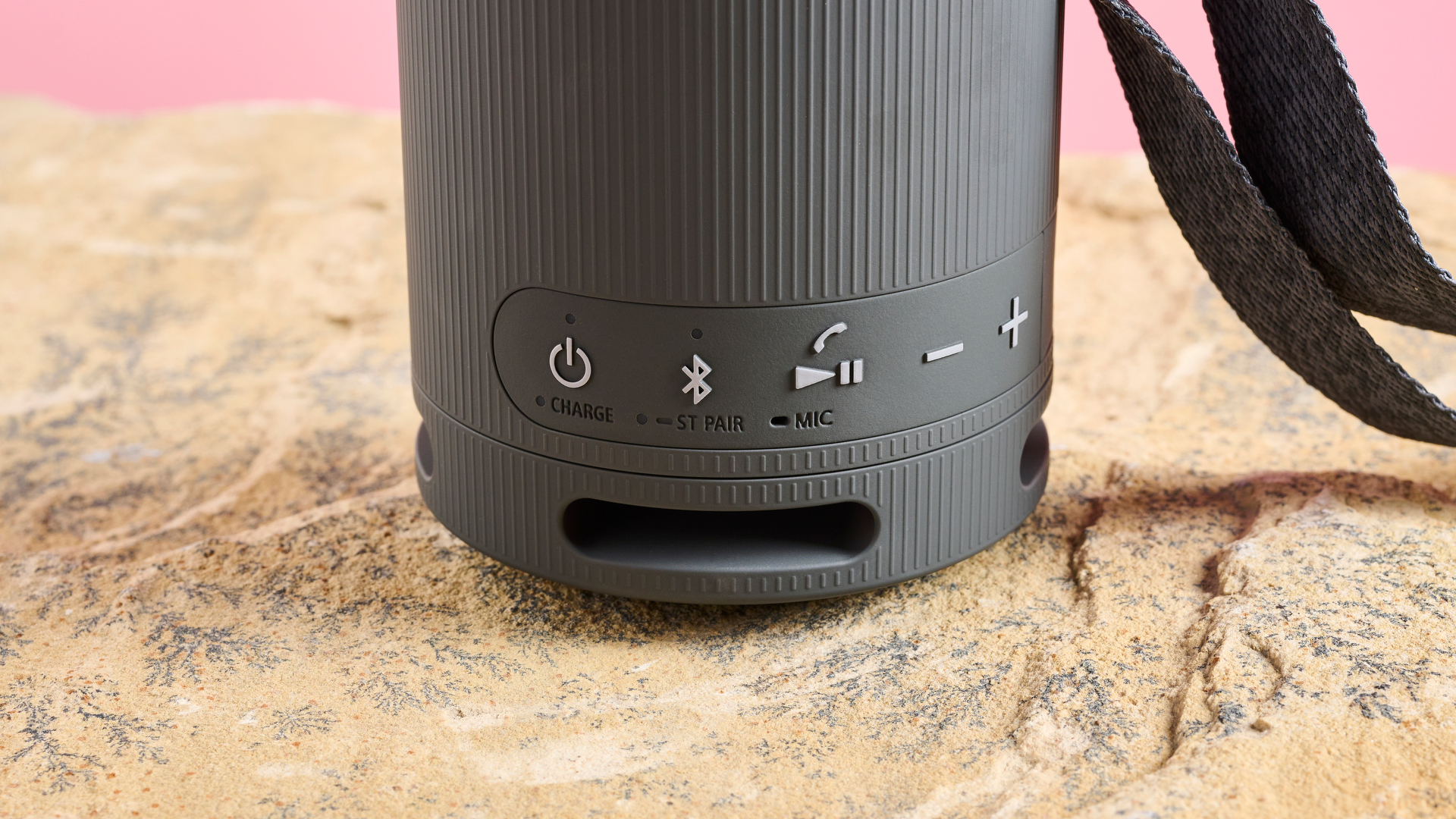
The purpose of this speaker is to deliver 360-degree omnidirectional sound (if you placed it in the middle of a picnic, say), which it certainly does, making it a good choice for small gatherings or if you just fancy some background music while you potter about.
This speaker was designed to be easy to carry and durable, with a soft plastic outer and a waterproof and dustproof rating of IP67; however, it looks utilitarian, and shows fingerprints easily, at least in the case of the Black sample I was given. Sony has attempted to jazz things up a little by offering some brightly colored orange and blue options, which do look a bit more interesting than the Black or Light Grey, but the overall design is still on the bland side. Although if that’s the cost to get an IP67 rating, it’s worth it.
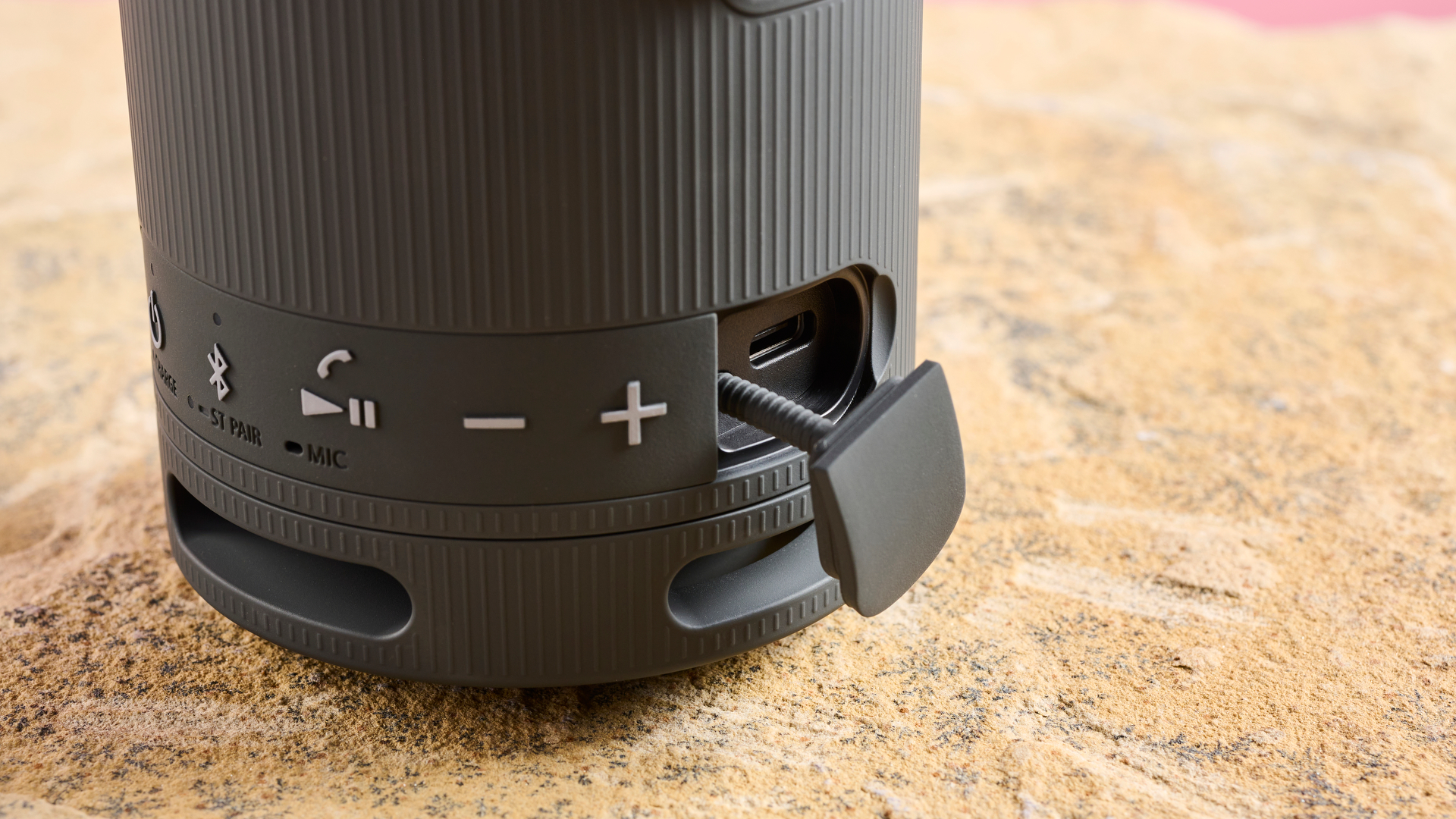
With the XB100, Sony has taken a welcomed sustainable approach, avoiding plastic in their packaging and utilizing recycled plastics in parts of the body and multiway strap. The versatile strap looks like it’d be easy to attach to your backpack or hang inside a tent if you want to listen to some tunes on your adventures.
All things considered, the XB100 provides a satisfyingly well-rounded listening experience for the price. For only $49.99 / £44.99 / AU$66, we can’t expect the world from this speaker, but if you’re looking for a compact and portable Bluetooth speaker to take your tunes wherever you go, or one of the best waterproof speakers for pool-side gatherings, the Sony XB100 has got you covered – and for not much money.
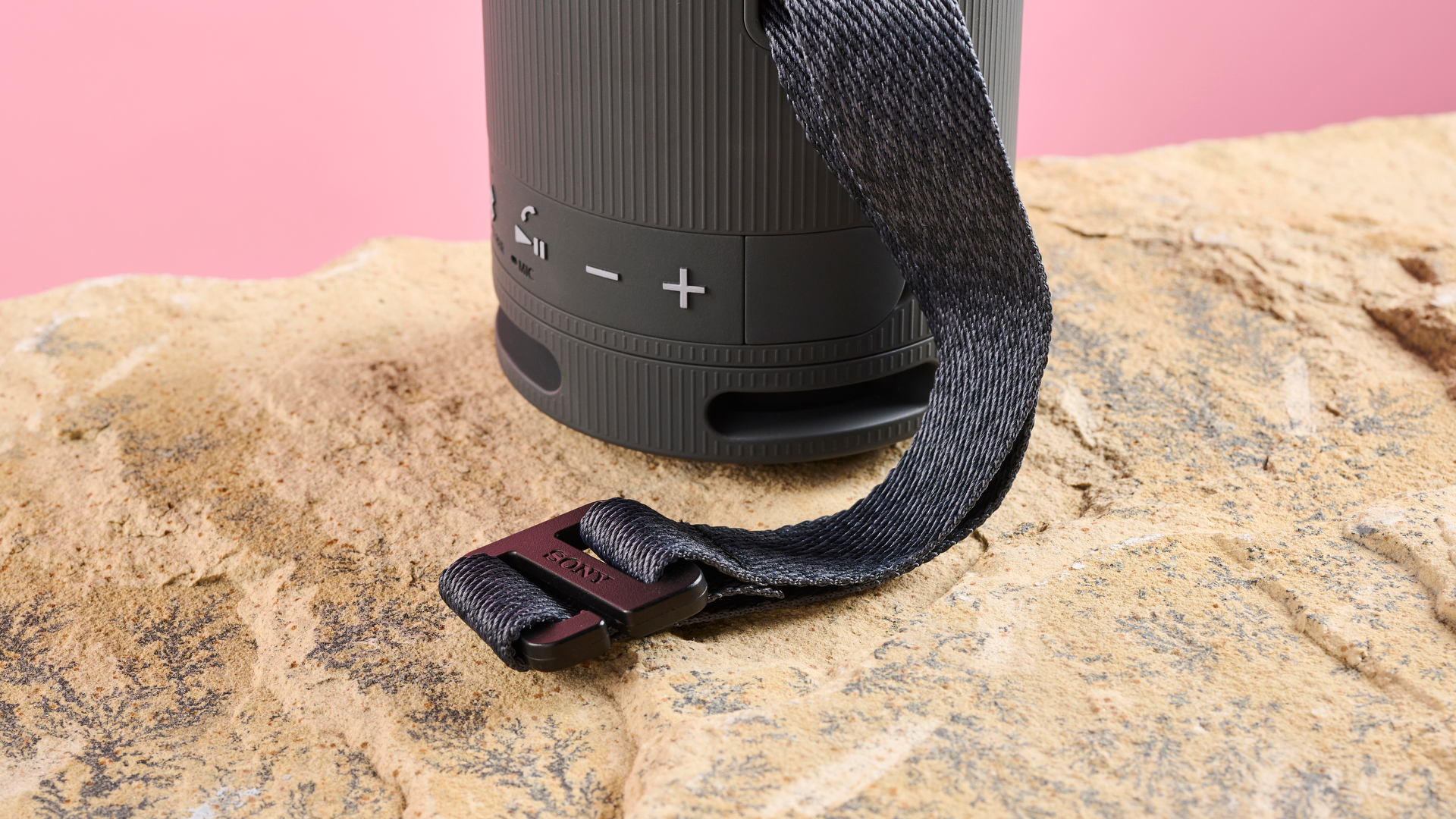
Sony XB100 review: Price and availability
- $49.99 (usual price $59.99)/ £44.99 / AU$66
- Available now
The Sony XB100 was first released in the US in May 2023, Australia in June 2023, and the UK in August 2023. It is currently retailing at £44.99 / AU$66, and is on sale in the US for $49.99, with a non-sale price of $59.99.
As one would expect from this low price, it can’t compete with the amazing sound quality and features available from other Bluetooth speakers such as the Bang & Olufsen Beosound A1 or the Sonos Roam. No, it doesn't sound as good as its twice-the-price JBL Flip 6 rival, but that doesn’t mean the Sony XB100 isn’t good value for money, if this is where your budget maxes out…
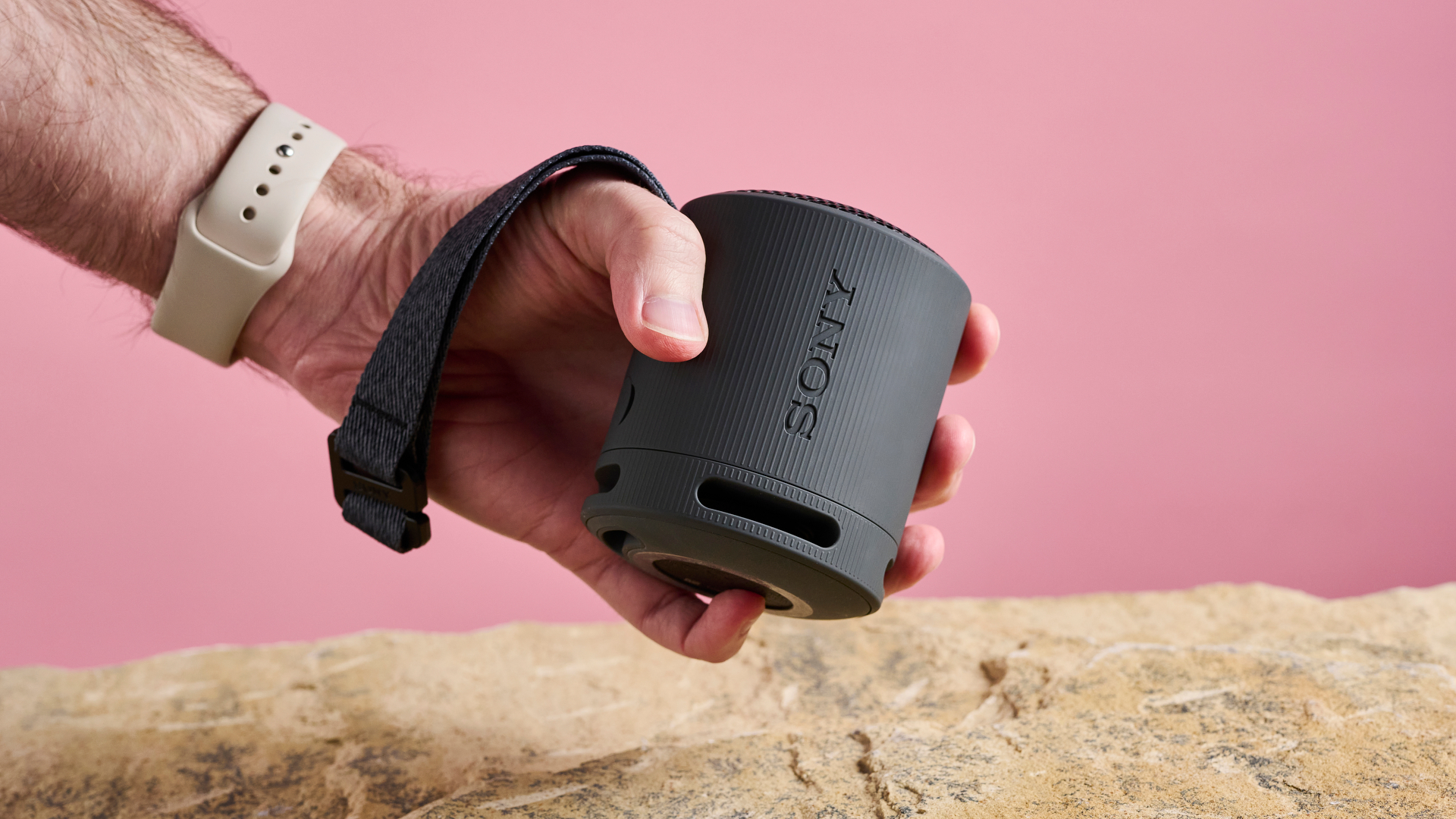
Sony XB100 review: Specs
Should I buy the Sony XB100?
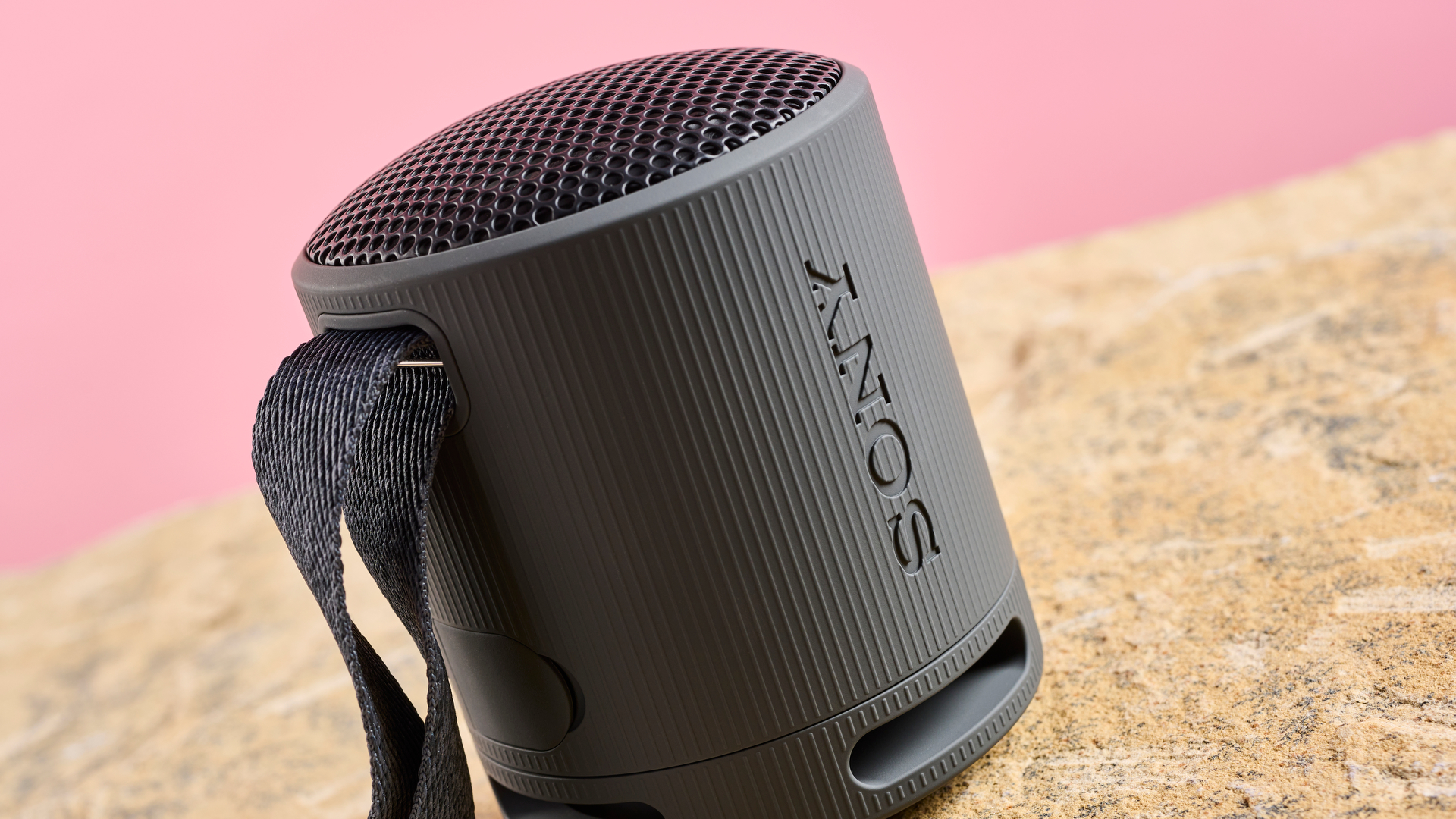
Buy it if...
Don't buy it if...
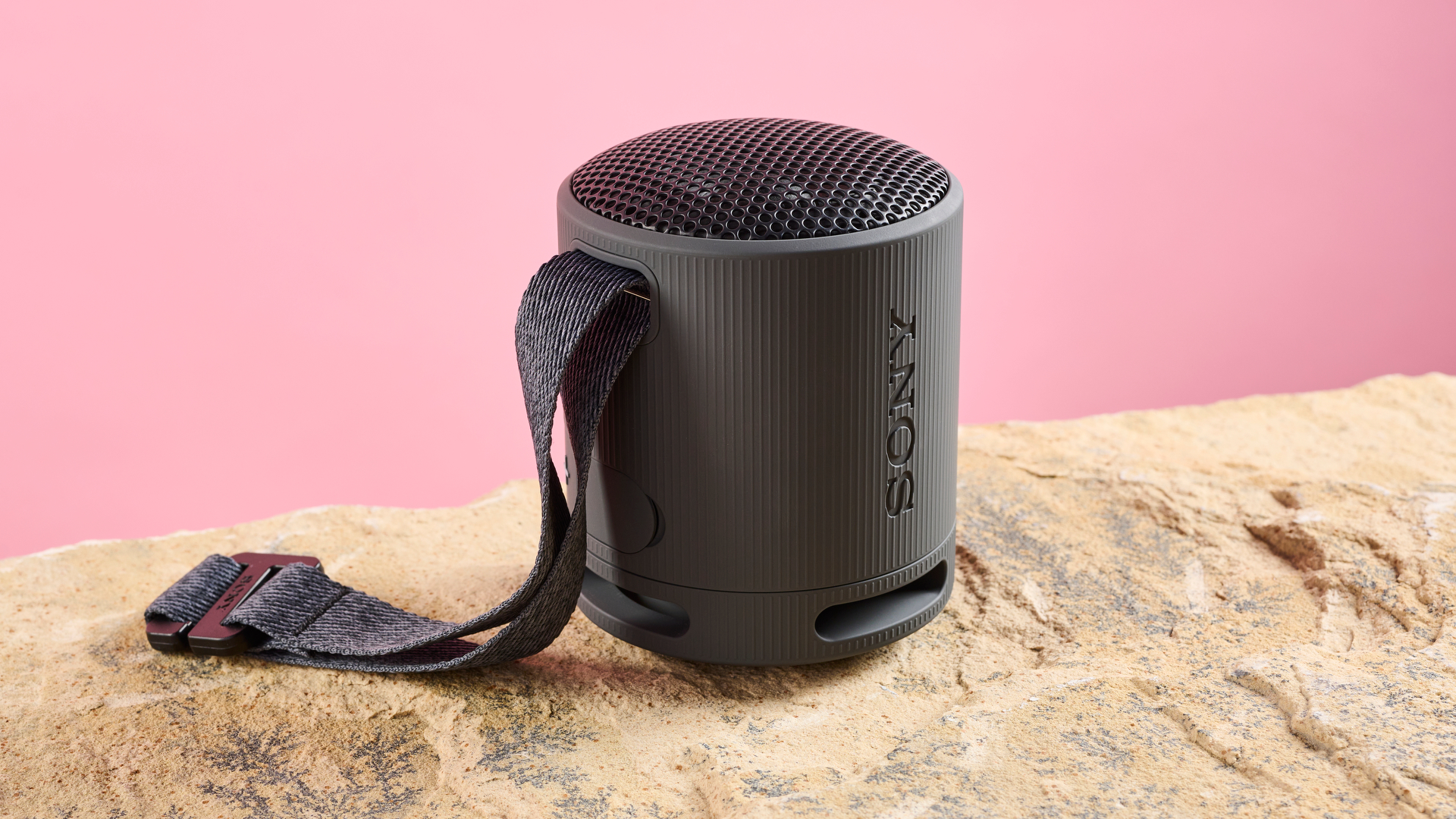
Sony XB100 review: Also consider
How I tested the Sony XB100
- Tested the speaker for two weeks
- Listened to a variety of music genres and podcasts
- Played music continuously to determine battery usage
I tested the Sony XB100 for two weeks. I listened to a variety of music genres, as well as the TechRadar testing playlist that includes tracks ranging from complex and layered instrumentals, deep bass, and delicate vocals to enable me to determine the speaker's ability to handle different frequencies.
While I am fully committed and would have listened for the full 16 hours, I’m not sure the other folks on my commute would have been too amused. Instead, I observed the time it took for the battery level to reduce by 20% when playing continuously at 50% volume to get the best idea of how long it would take for the battery to run out of juice.
I used it to listen to music and podcasts in the TechRadar office, our music testing room, and at home, using Spotify and Tidal from an iPhone 12 Pro and a OnePlus Pad Go.
- First reviewed: June 2024
- Read TechRadar's Reviews Guarantee
What's Your Reaction?







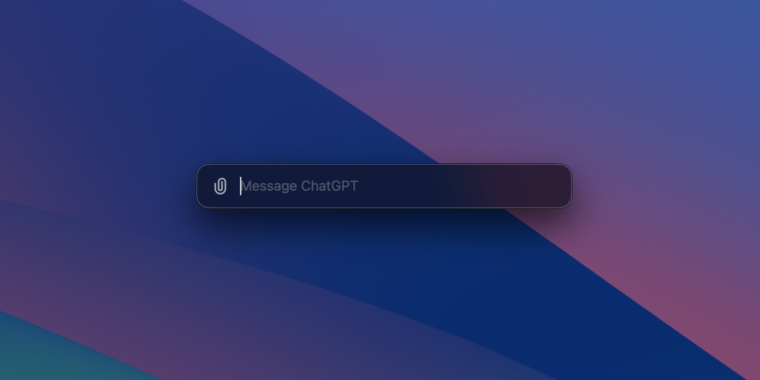



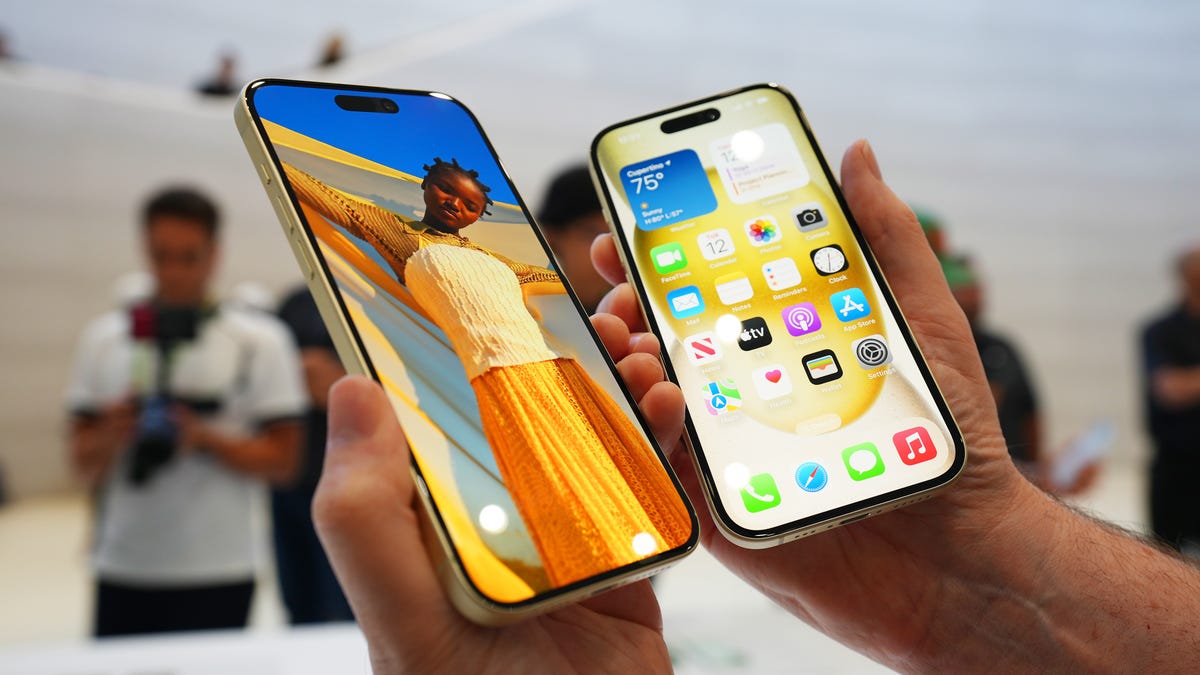










/cdn.vox-cdn.com/uploads/chorus_asset/file/25503688/Boox_Palma_lead.jpeg)
/cdn.vox-cdn.com/uploads/chorus_asset/file/25504388/DSCF7829.jpg)
